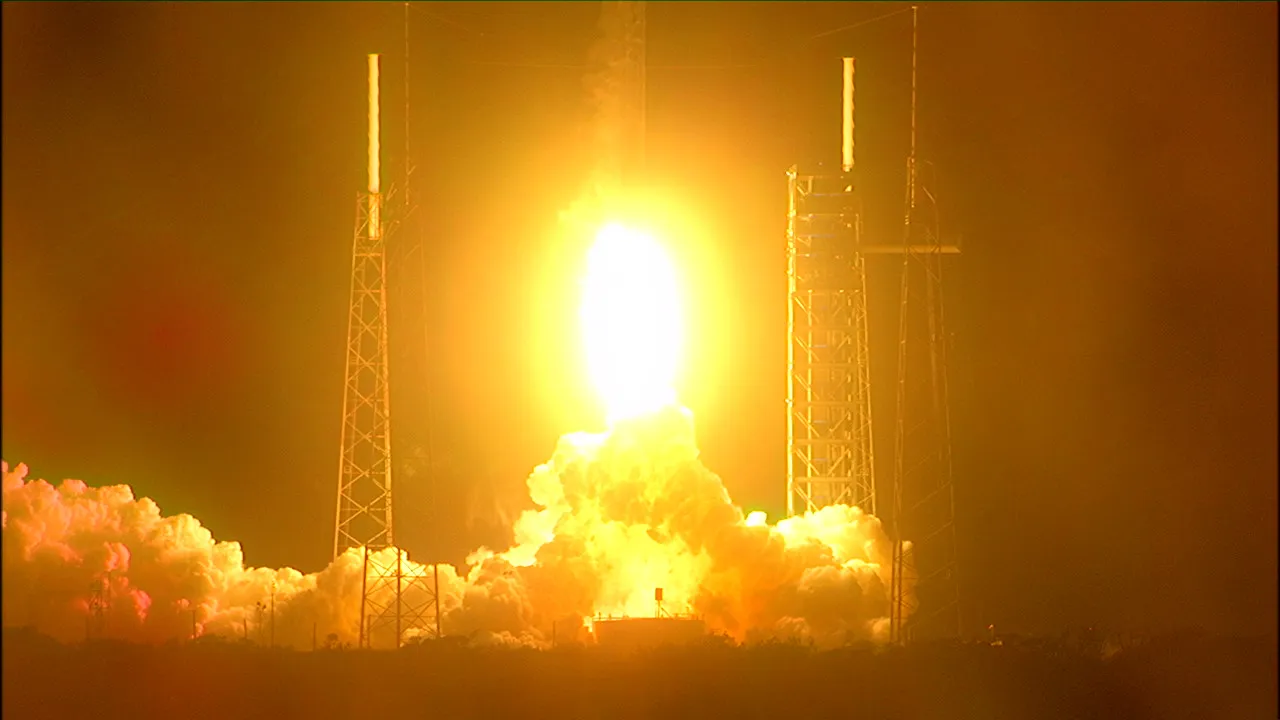PACE Mission – Plankton, Aerosol, Cloud, and Ocean Ecosystem satellite.
NASA has embarked on a groundbreaking mission by successfully launching the Plankton, Aerosol, Cloud, and Ocean Ecosystem (PACE) satellite. Launched aboard a SpaceX Falcon 9 rocket from Cape Canaveral Space Force Station in Florida, PACE aims to deepen our understanding of ocean health, air quality, and the effects of climate change on our planet.
With the PACE mission, NASA seeks to unravel the mysteries of Earth’s interconnected systems from hundreds of miles above its surface. Equipped with state-of-the-art instruments, including a hyperspectral ocean color instrument and two polarimeter instruments, PACE will explore microscopic life in the oceans and tiny particles in the atmosphere.
Studying Ocean Health and Air Quality
The hyperspectral ocean color instrument onboard PACE will enable researchers to track the distribution of phytoplankton, which is essential for understanding marine ecosystems and forecasting the health of fisheries. The polarimeter instruments will also provide crucial insights into atmospheric aerosols, cloud properties, and air quality at various scales.
By studying the interactions between the ocean and atmosphere, PACE will shed light on how a changing climate impacts Earth’s systems. From sea level rise to marine biodiversity loss, the mission will provide valuable data to assess and address the impacts of climate change on our planet.
Envisioning a Sustainable Tomorrow
The launch of the PACE mission marks a collaborative effort involving NASA, SpaceX, and various international partners. From managing the launch services to building and testing the spacecraft and instruments, teams worldwide have come together to make this mission a reality.
As humanity faces pressing environmental challenges, missions like PACE are vital in advancing our understanding of the planet and informing sustainable solutions. By harnessing the power of space technology, NASA is paving the way for a greener and more resilient future for generations to come.
CLICK HERE for more inspiring climate news
Image Courtesy | https://www.nasa.gov/

